El pasado fin de semana visitamos Sarmizegetusa Regia. / We visited Sarmizegetusa Regia last weekend.
Es una de las seis fortalezas dacias de los Montes de Orastie -Sarmizegetusa, Costesti-Cetatuie, Costesti-Blidaru, Piatra Rosie, Banita y Capalna- declaradas Patrimonio de la Humanidad por la UNESCO en 1999. Fueron construidas en los siglos I a.C. y I d.C. como protección contra la conquista romana.
Sarmizegetusa Regia es la fortaleza más famosa, ya que fue el centro militar, religioso y político más importante de los dacios. Se encuentra en lo alto de la montaña a 1.200 metros de altura. Antes de la conquista y destrucción romana, fue el centro metalúrgico más importante de Europa después del Imperio Romano. Fue, además, un recinto sagrado y el más famoso e importante calendario-santuario circular de todos los dacios.
Los ciudadanos vivían alrededor de la fortaleza, al pie de la montaña en terrazas artificiales. La nobleza disponía de suministro de agua, conducida a través de acueductos cerámicos, en sus residencias. Todo ello muestra que la sociedad dacia tenía un alto nivel de vida.
It is one of the six fortresses of the Orastie Mountains -Sarmizegetusa, Costesti-Cetatuie, Costesti-Blidaru, Piatra Rosie, Banita and Capalna- designated World Heritage Site by UNESCO in 1999. They were built between the first century B.C. and the first century A.D. by the Dacian Kingdom, as a protection against the Roman conquest.
Sarmizegetusa Regia is the most important fortress, as it was the military, political, economic and religious centre of the Dacians. It is situated at 1,200m, at the highest point of Gradistei Hill. Before its conquest and destruction by the Romans, Sarmizegetusa Regia was the most important metallurgical centre in Europe outside the Roman Empire. It was a sacred zone too.
Citizens lived below the citadel itself in settlements built on artificial terraces A system of ceramic pipes channeled running water into the residences of the nobility demonstrates that Dacian society had a relatively high standard of living.
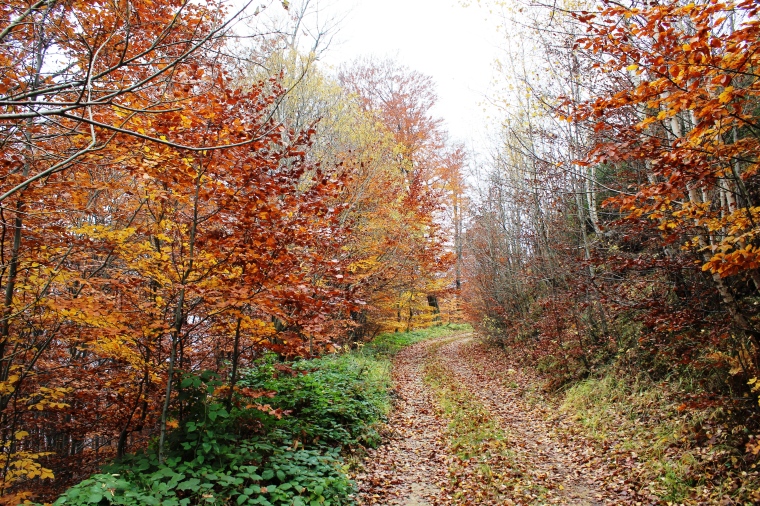
Se accede en coche hasta un punto y después hay que andar, aproximadamente, un kilómetro y medio para llegar a las ruinas. ¡El paisaje era espectacular! La mayoría de las hojas estaban caídas y parecía que estabas pisando sobre una alfombra.
You can access by car until the parking place, then you have to walk, approximately, 1,5km to get to the ruins. The place was spectacular! Most of the leaves were fallen, so it seemed you were walking on a rug.

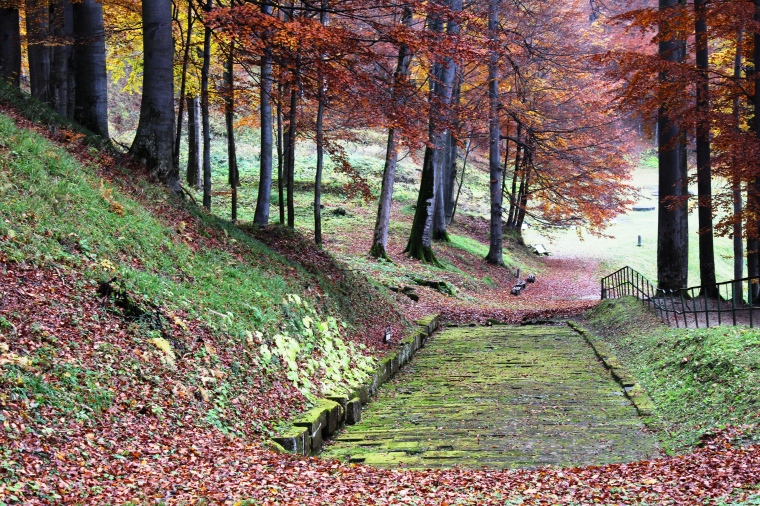
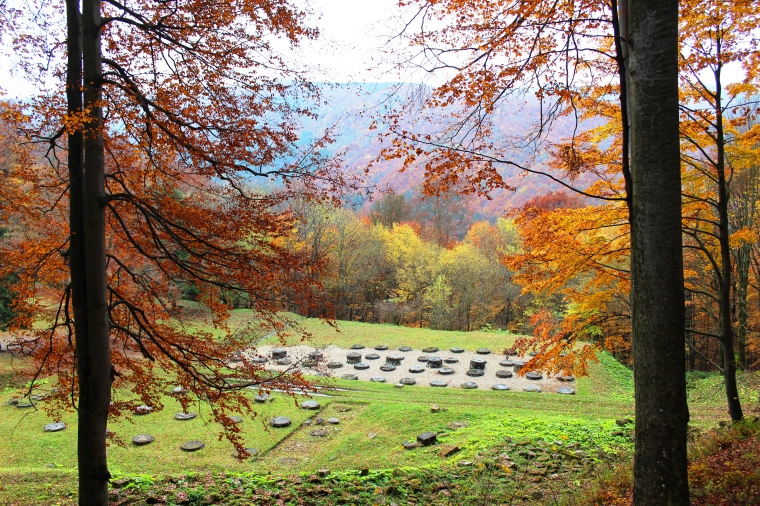
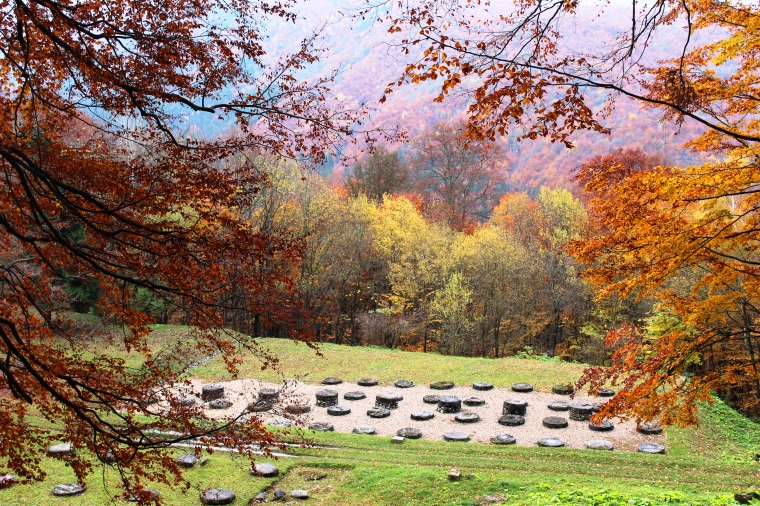
Una vez que llegas, sientes que el lugar transmite una energía especial.
Once you arrive there, the place transmits you a special positive energy.

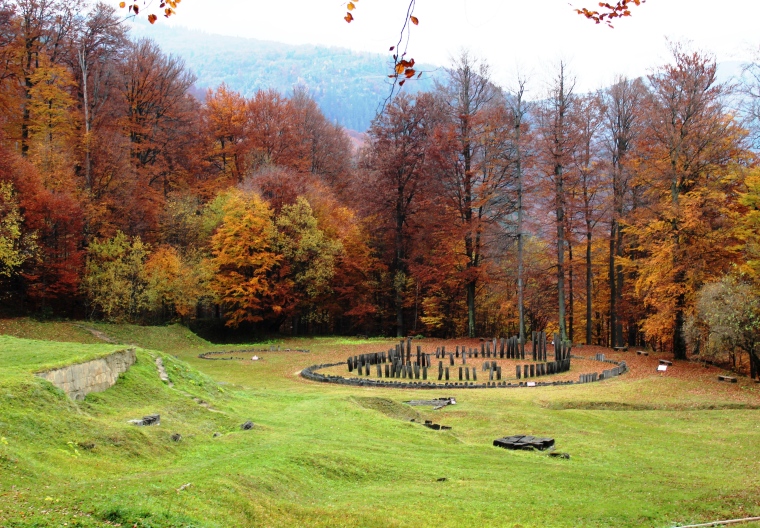
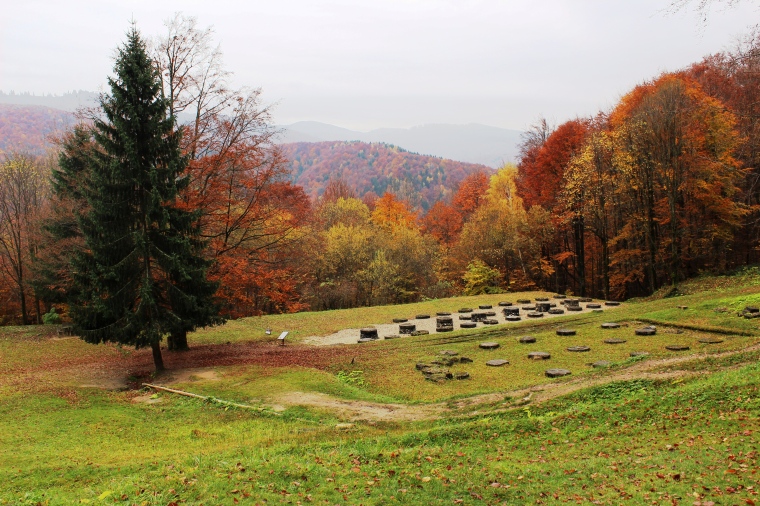
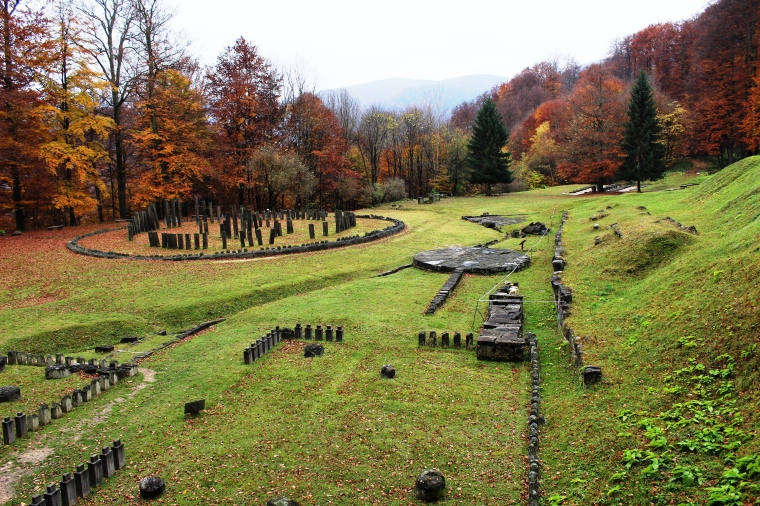
En la foto de arriba se puede ver un disco solar donde, también, se realizaban sacrificios.
In the picture, there is a solar disk which was also used to make sacrifices.
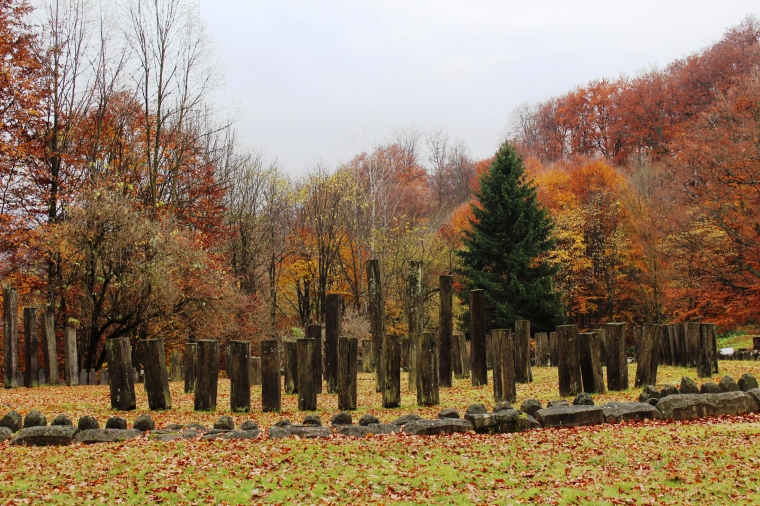
Todas estas fotos corresponden a la zona sagrada, donde se encontraban los templos. En concreto, en esta foto de arriba, había un templo circular. Nos preguntábamos cómo pudieron construirlos en lo alto de la montaña y cómo pudieron transportar los grandes bloques de piedra hasta allí. Tiene algo de misterio, lo que lo asemeja un poco a Stonehenge.
All pictures show the sacred zone, where the temples were. The most enigmatic construction at the site is the large circular sanctuary. We wondered how they could build it on the top of the mountain. It is a bit of mystery and the layout of the timber settings bears some resemblance to the stone monument at Stonehenge.

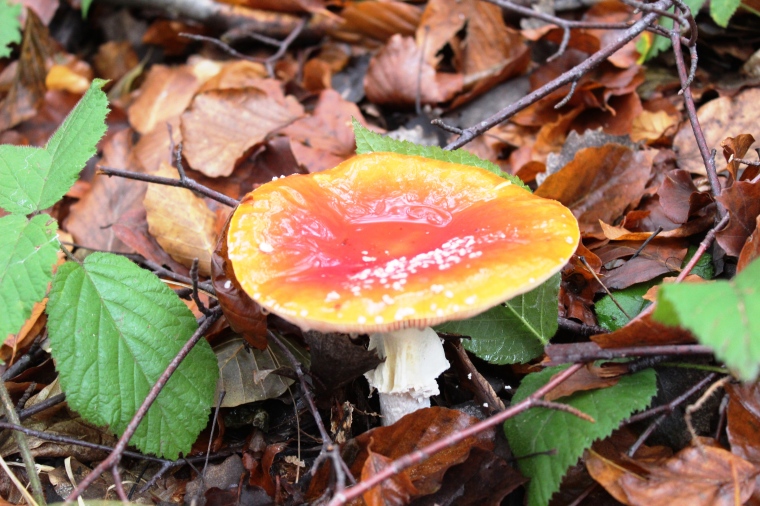
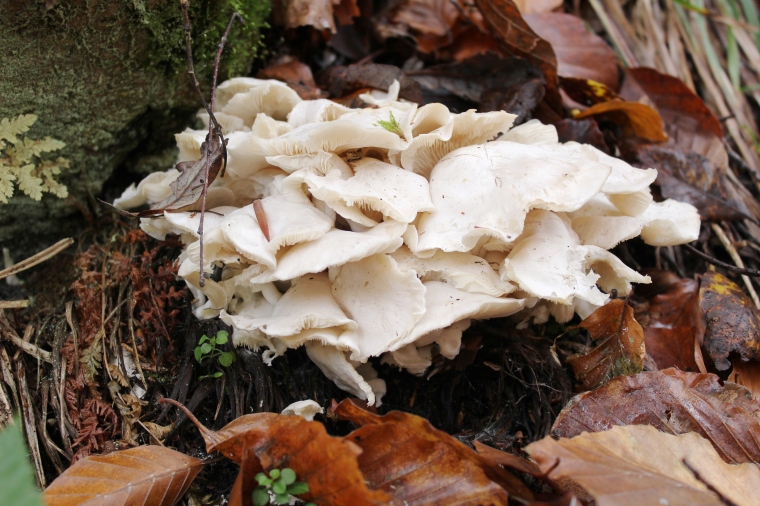

Thanks for reading!
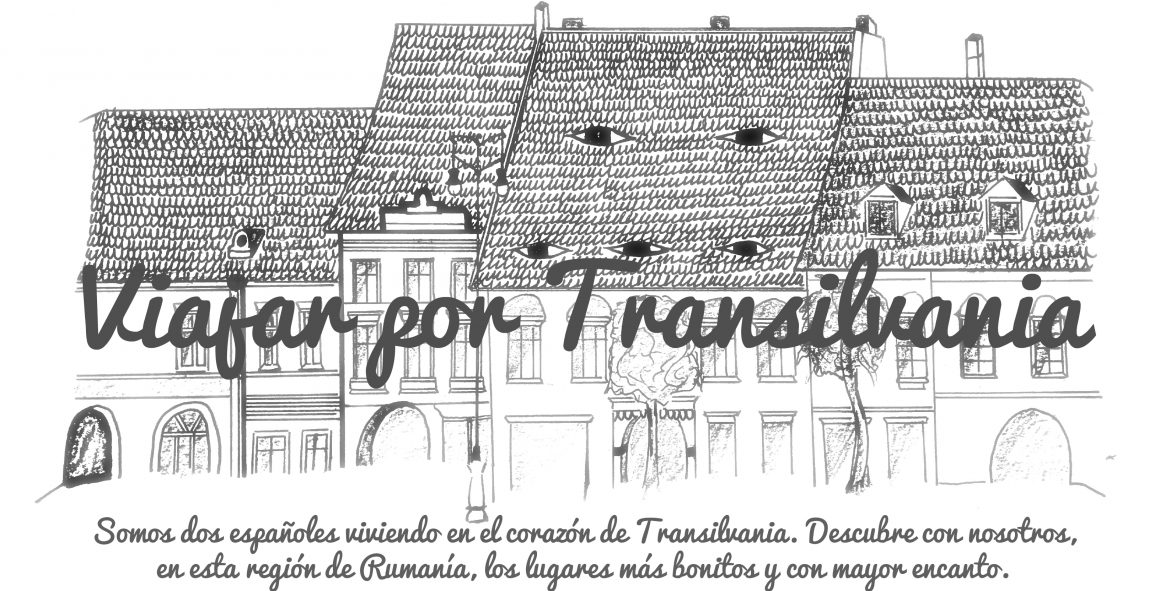

Qué bonito! Gracias por compartir! Me has dado muchas ganas de ir à conocer! 🍁🍂✨
Me gustaMe gusta
Gracias a ti por comentar! Transilvania merece una visita. Es precioso!
Me gustaMe gusta
Wonderful! 🙂
Me gustaMe gusta
Thank you!
Me gustaLe gusta a 1 persona
Qué se puede decir ante semejante belleza? las fotos son excelente y trasmiten las vivencias de tu viaje.
Me gustaMe gusta
Muchas gracias!
Me gustaMe gusta
Hola, me encanta lo que muestran. Yo leí varios libros de la época del imperio romano y en la epoca de Trajano tratan mucho sobre la conquista de estas zonas.. Me encantaría ir a conocer y creo que en unos pocos meses voy a tener la oportunidad!
Queda algo de esa época? Veo en las fotos que hay «referencias» a los templos de esa época.. Pero están los templos en sí?
Saludos,
Me gustaMe gusta
Que fotos tan bonitas. Una pena q vaya a ir en agosto😏
Me gustaMe gusta
Una de las visitas imperdibles en Rumania. Mi aportación: https://rumaniando.com/2018/01/15/sarmizegetusa-regia-la-capital-de-los-dacios/
Me gustaMe gusta